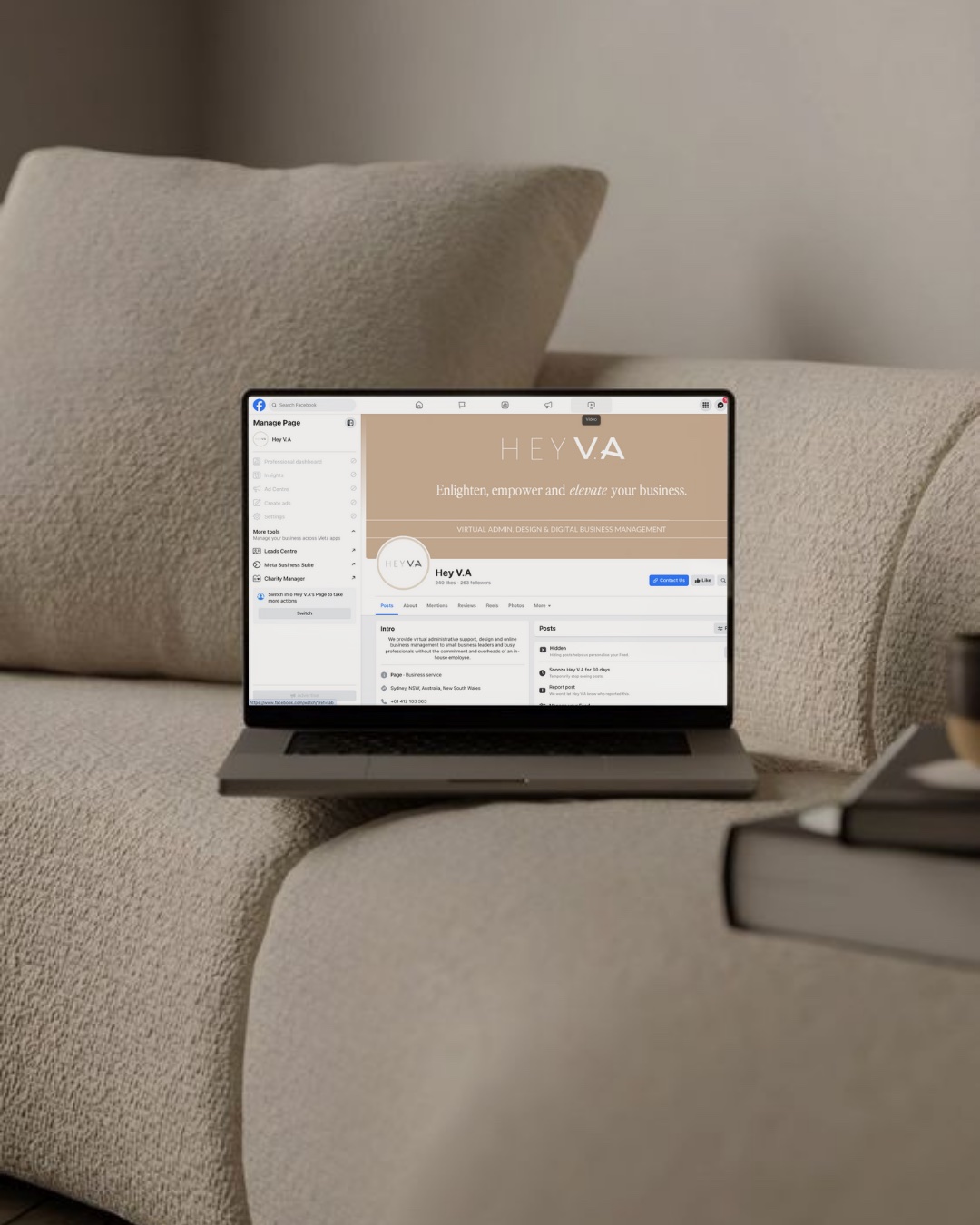In today’s digital age, social media is more than just a platform for sharing cat videos and holiday snaps. It has evolved into a powerful tool that, when used effectively, can drive significant business growth. Whether you’re a small business owner or a marketing professional, understanding how to leverage social media can make a world of difference in your marketing strategy.
The Power of Social Media in Business
Let’s start by acknowledging one simple fact: social media is here to stay. With billions of people using platforms like Facebook, Instagram, Twitter, and LinkedIn daily, the potential for reaching a vast audience is immense. But it’s not just about numbers; it’s about connection.
Social media allows businesses to:
- Engage Directly with Customers: You can interact with your customers in real-time, answering their questions, addressing their concerns, and building relationships.
- Build Brand Awareness: Consistent, well-crafted content helps establish your brand’s identity and keeps you top of mind for your audience.
- Drive Traffic to Your Website: Strategic posts can lead followers to your website, increasing the chances of conversions and sales.
- Gather Valuable Insights: Social media analytics provide a wealth of information about customer behaviour, preferences, and engagement.
Choosing the Right Social Media Platform
Not all social media platforms are created equal. Each one offers different benefits and caters to different demographics. Here’s a quick rundown:

Ideal for: Broad audience reach and community building.
- Why Use It: With its vast user base, Facebook is perfect for reaching a diverse audience. Its advanced targeting options in advertising can help you reach specific groups effectively.
- Tips: Use Facebook Groups to create communities around your brand. Engage with your audience through regular posts, live videos, and interactive content like polls and Q&A sessions.
Ideal for: Visual storytelling and engaging younger audiences.
- Why Use It: Instagram’s visual nature makes it perfect for brands that can tell their story through images and videos. It’s particularly popular among younger demographics.
- Tips: Utilise Instagram Stories and Reels to share behind-the-scenes content and showcase your products creatively. Leverage user-generated content to build trust and authenticity.
Ideal for: B2B marketing and professional networking.
- Why Use It: LinkedIn is the go-to platform for B2B marketing. It’s excellent for networking, sharing professional content, and connecting with industry leaders.
- Tips: Share thought leadership articles, company updates, and industry news. Participate in LinkedIn Groups related to your industry to expand your network and establish your expertise.
Creating Engaging Content
Content is king, but engagement is queen, and she rules the house. Here’s how to create social media content that not only attracts attention but also drives interaction:
Know Your Audience
Understanding your audience is the first step to creating relevant content. What are their interests, pain points, and preferences? Use this information to tailor your content to their needs.
Be Consistent
Consistency is key to building a loyal following on social media. Develop a content calendar to plan your posts and ensure regular updates. This keeps your audience engaged and coming back for more.

Mix Up Your Content
Variety keeps things interesting. Mix up your content with:
- Educational Posts: Share tips, how-tos, and valuable insights.
- Entertaining Content: Use humour, storytelling, and relatable low-fi content to entertain your audience.
- Promotional Material: Highlight your products or services, but keep it balanced with other content types.
- Interactive Posts: Encourage engagement with polls, quizzes, and questions.
Leverage Visuals
Visual content tends to perform better on social media. Use high-quality images, graphics, and videos to catch your audience’s attention. Tools like Canva can help you create visually appealing content without needing a graphic design degree.
Engage with Your Audience
Social media is a two-way street. Engage with your followers by responding to comments, messages, and mentions. Show appreciation for their support and address any concerns promptly. This builds trust and fosters a sense of community.
Analytics: Measuring Social Media Success
To truly master social media, you need to measure your efforts and adjust your strategy accordingly. Most social media platforms offer analytics tools that provide insights into your performance. Key metrics to track include:
- Engagement Rate: Measures the level of interaction your content receives.
- Reach and Impressions: Indicates how many people see your content.
- Click-Through Rate (CTR): Shows how many people click on the links in your posts.
- Conversion Rate: Tracks how many social media interactions lead to actual sales or desired actions.
Use these insights to identify what’s working and what’s not. Adjust your strategy to focus on the content and tactics that drive the best results.
Mastering social media for business growth is an ongoing journey. It requires understanding your audience, choosing the right platforms, creating engaging content, and continually measuring and adjusting your strategy. By leveraging the power of social media, small business owners and marketing professionals can build strong brands, connect with customers, and drive significant growth.
Ready to take your social media game to the next level? Start implementing these tips today and watch your business thrive in the digital landscape. Happy posting!

